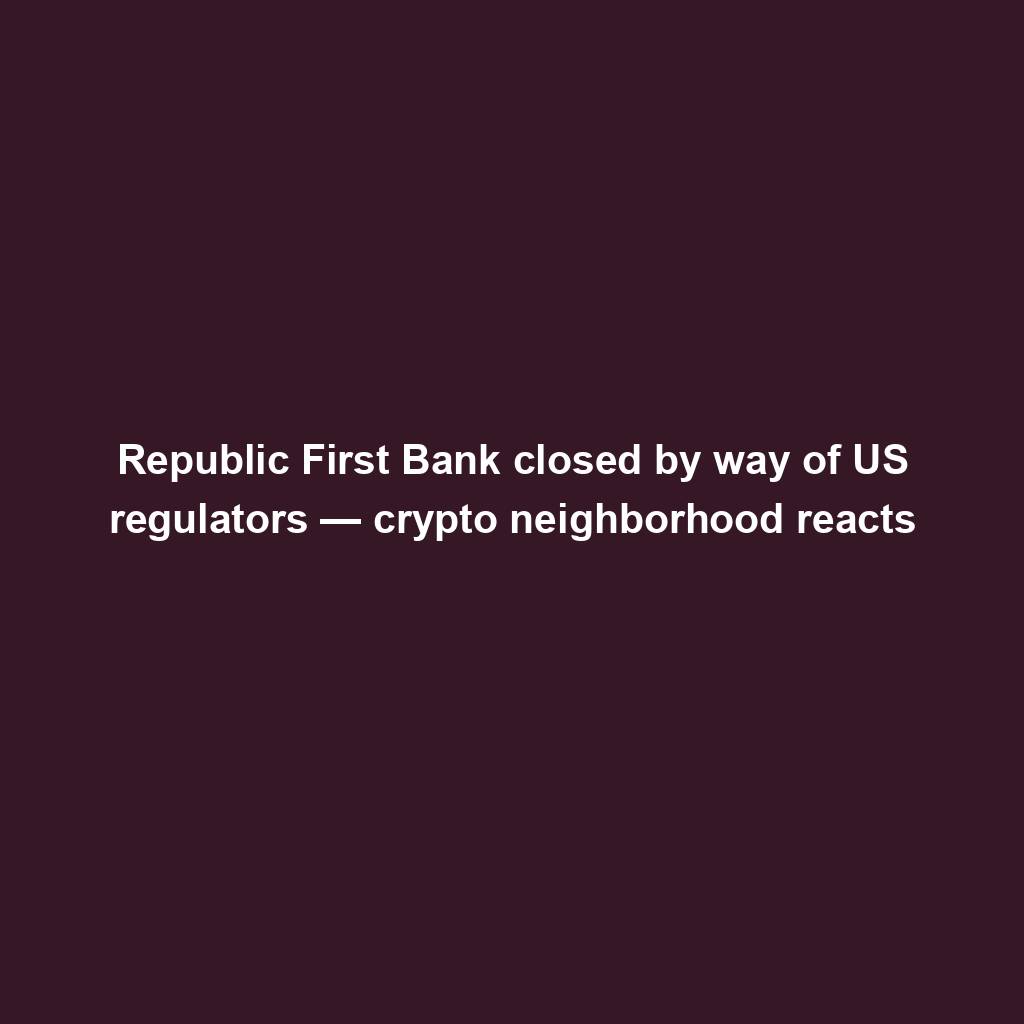
The Importance of Identity Management in Today’s Digital World
In today’s digital age, where personal information is readily accessible and data breaches are on the rise, identity management has become more crucial than ever before. Identity management refers to the processes and technologies used to ensure that individuals are who they claim to be online, thereby protecting sensitive data, preventing fraud, and safeguarding privacy. This article explores the growing significance of identity management and its impact on our daily lives.
Understanding Identity Management
Identity management is an expansive field encompassing various practices and technologies aimed at securely managing digital identities. A digital identity is the online representation of a person’s attributes, such as their name, age, address, and even biometric information. When engaging in any online activity, whether it’s creating an account, making a purchase, or sharing personal information, individuals rely on identity management systems to protect their data and ensure their identity’s authenticity.
The Significance of Identity Management
1. Protection against Cybercrime: Cybercriminals frequently target individuals’ personal information, which can be sold on the black market or used in various fraudulent activities. By implementing robust identity management solutions, organizations can strengthen their security measures and reduce the risk of data breaches. These systems use encryption, multi-factor authentication, and behavioral analytics to detect and prevent potential cyber threats.
2. Safeguarding Privacy: With the increasing use of online services and social media platforms, personal information is constantly being shared and stored by various entities. Identity management allows individuals to have control over their personal data, granting them the ability to choose what information they share and with whom. By managing their digital identities, individuals can protect their privacy and reduce the risk of their information being misused.
3. Seamless User Experience: Identity management systems provide users with a streamlined and personalized experience across multiple platforms and devices. Through single sign-on (SSO) functionality, individuals can access multiple services or applications using a single set of credentials, reducing the need for repetitive logins and enhancing user convenience. This creates a smoother user journey, resulting in increased satisfaction and greater engagement.
4. Compliance with Regulations: In recent years, legislation aimed at protecting individuals’ personal data has been implemented globally. For instance, the European Union’s General Data Protection Regulation (GDPR) and the California Consumer Privacy Act (CCPA) have established strict rules and fines for mishandling personal data. Organizations that fail to comply with these regulations can face severe penalties. By implementing effective identity management practices, organizations can meet these requirements and avoid legal repercussions.
Identity Management Challenges
While identity management offers significant benefits, there are challenges that need to be addressed to ensure its success.
1. Balancing Privacy and Convenience: Striking a balance between privacy and convenience is a constant challenge in identity management. Users desire a seamless and personalized experience, but also demand control over their personal information. Organizations must find ways to deliver both convenience and privacy to meet users’ expectations while ensuring data security.
2. Educating Users: Users often lack awareness about the importance of managing their digital identities and the potential risks associated with sharing personal information online. Educating individuals about data privacy, online security best practices, and the importance of strong passwords is necessary to promote responsible behavior and protect personal information.
3. Balancing Security and User Experience: Identity management systems must find ways to provide robust security measures while maintaining a user-friendly experience. Excessive security measures can create barriers to user adoption, resulting in frustration and abandonment of services. It is crucial to strike a balance that allows for seamless user experiences without compromising security.
4. Emerging Technologies: As technology continuously evolves, identity management systems must adapt to keep up with new challenges and threats. The emergence of artificial intelligence, biometrics, and blockchain technology has provided new opportunities for identity management, but also presents new risks that need to be addressed. Continuous research and development are necessary to stay one step ahead of cybercriminals.
Frequently Asked Questions (FAQs)
Q: What is multi-factor authentication (MFA)?
A: Multi-factor authentication (MFA) is a security measure that requires users to provide multiple forms of identification before accessing a system or application. These factors typically include something the user knows (such as a password), something they have (such as a mobile device or token), and something they are (such as a fingerprint or facial recognition).
Q: How can I protect my digital identity?
A: To protect your digital identity, practice strong password hygiene by using unique and complex passwords for every account. Enable multi-factor authentication whenever possible. Be cautious about sharing personal information online and only provide it to trusted sources. Regularly update and patch your devices and software to protect against security vulnerabilities.
Q: What are the potential risks of relying on digital identities?
A: Digital identities are susceptible to various risks, including identity theft, data breaches, and unauthorized access. If your digital identity is compromised, it can lead to financial loss, reputational damage, and potential exploitation of personal information.
Q: How can organizations ensure compliance with data protection regulations?
A: Organizations can ensure compliance by implementing robust identity management systems that prioritize data security and privacy. This includes employing encryption techniques, exercising user consent and data handling transparency, conducting regular risk assessments, and staying up to date with evolving regulations.
Q: Is it necessary to use different usernames and passwords for every online account?
A: Using different usernames and passwords for every online account is highly recommended. If one account is compromised, having identical credentials for other accounts increases the risk of unauthorized access. Using a password manager can help you keep track of unique credentials for each account securely.
Identity management is crucial in today’s digital world to protect personal information, prevent fraud, and ensure a secure and personalized user experience. By implementing effective identity management practices, individuals and organizations can mitigate risks, safeguard privacy, and comply with data protection regulations. Stay informed, stay proactive, and prioritize the security of your digital identity.
More in this category ...
Ripple companions with SBI Group and HashKey DX for XRPL answers in Japan

April sees $25M in exploits and scams, marking historic low ― Certik

MSTR, COIN, RIOT and different crypto shares down as Bitcoin dips

EigenLayer publicizes token release and airdrop for the group

VeloxCon 2024: Innovation in knowledge control

Successful Beta Service release of SOMESING, ‘My Hand-Carry Studio Karaoke App’

Dogwifhat (WIF) large pump on Bybit after record reasons marketplace frenzy

How fintech innovation is riding virtual transformation for communities around the globe

Wasabi Wallet developer bars U.S. customers amidst regulatory considerations

Analyst Foresees Peak In Late 2025

Solo Bitcoin miner wins the three.125 BTC lottery, fixing legitimate block

Ace Exchange Suspects Should Get 20-Year Prison Sentences: Prosecutors

Google Cloud's Web3 portal release sparks debate in crypto trade

Bitcoin Primed For $77,000 Surge

Bitbot’s twelfth presale level nears its finish after elevating $2.87 million

PANDA and MEW bullish momentum cool off: traders shift to new altcoin

Commerce technique: Ecommerce is useless, lengthy are living ecommerce

Republic First Bank closed by way of US regulators — crypto neighborhood reacts

China’s former CBDC leader is beneath executive investigation

Bigger isn’t all the time higher: How hybrid Computational Intelligence development permits smaller language fashions

Pantera Capital buys extra Solana (SOL) from FTX

Successful Beta Service release of SOMESING, ‘My Hand-Carry Studio Karaoke App’

SEC sues Bitcoin miner Geosyn Mining for fraud; Bitbot presale nears $3M

Business procedure reengineering (BPR) examples

85% Of Altcoins In “Opportunity Zone,” Santiment Reveals

Sam Altman’s Worldcoin eyeing PayPal and OpenAI partnerships

Artificial Intelligence transforms the IT strengthen enjoy

Franklin Templeton tokenizes $380M fund on Polygon and Stellar for P2P transfers

Meta’s letting Xbox, Lenovo, and Asus construct new Quest metaverse {hardware}

Shiba Inu (SHIB) unveils bold Shibarium plans as Kangamoon steals the display
